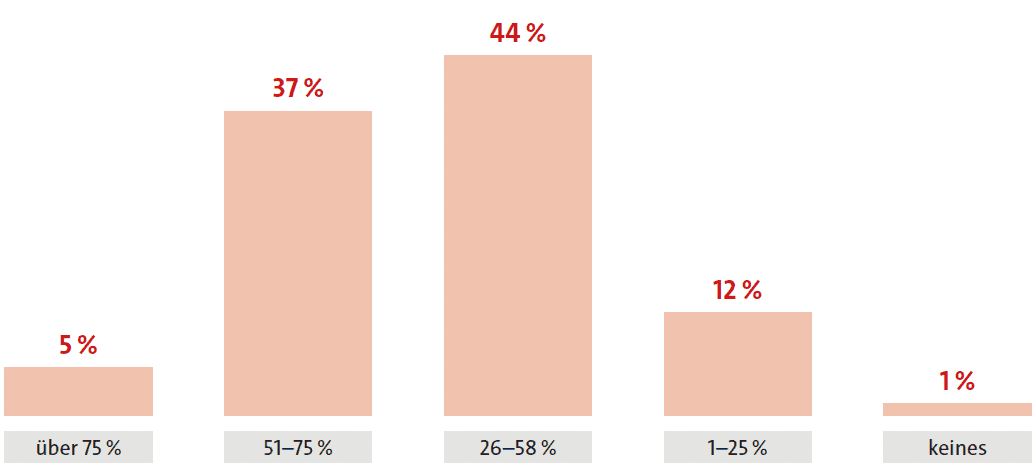The AI Engine Is Stuttering


AI is seen as a game changer for businesses. However, despite ambitious AI roadmaps and substantial investments, many organizations encounter challenges in realizing their AI initiatives. This is the key finding of a recent global survey conducted by Redpoint on behalf of Fivetran. Nearly half of the surveyed companies (42 percent) reported that over half of their AI initiatives were delayed, underperformed, or failed completely, primarily due to a lack of data readiness. Even some companies with clearly defined centralization strategies cannot make it past the pilot phase because integration issues, resource bottlenecks, and operational inefficiencies slow down progress. In short, AI cannot deliver results if data is not fully centralized, managed, and ready to use. Many companies have ambitious plans to use artificial intelligence to improve their business outcomes.
Why AI ambitions are failing
In practice, however, these projects often encounter considerable implementation problems. Although 57 percent of companies state that their data centralization strategy is "very effective," 42 percent admit that over half of their AI projects fail or underperform. A key obstacle to success is integration; over a third of companies cite it as the main reason AI initiatives fail. The consequences of these delays are serious. Sixty-eight percent of companies with less than 50 percent centralized data report lost revenue opportunities due to delays or underperforming AI. Data teams are stuck in maintenance mode.
Even among companies that have centralized more than half of their data, 67 percent use over 80 percent of their resources to maintain data pipelines, leaving little capacity for progress in AI. AI readiness begins with centralized data, but proper implementation is essential. This is because 59 percent of companies view regulatory requirements as the greatest challenge in managing data for AI. This shows that centralization is important but not enough on its own. One of the biggest obstacles to AI success is integration complexity. Nearly three-quarters of companies manage or plan to manage over 500 data sources. This makes standardizing this disparate data for AI and making it operational difficult.
Another major obstacle is maintaining the data pipelines between the data sources and where the data is needed. Rather than focusing on AI innovation, data teams must dedicate most of their resources to managing and maintaining infrastructure. In fact, 65 percent of organizations report spending over 40 percent of their resources on maintaining data pipelines.
Even centralizing data is not enough without automation. Sixty-seven percent of companies that have centralized more than half of their data still spend over 80 percent of their resources on maintenance. As maintenance requirements increase, companies struggle to allocate capacity to higher-value AI initiatives.

What percentage of AI projects in your company have been delayed, fallen short of expectations, or failed due to data readiness issues?
Lack of data readiness
In addition to integration and maintenance issues, poor data quality and inadequate data governance undermine the effectiveness of AI. Regulatory compliance (59 percent) is considered the biggest challenge in data management for AI. However, outdated (52 percent) and inaccurate (52 percent) data prevent AI models from providing reliable insights. Additionally, limited real-time access to data (41 percent) often prevents AI from delivering timely, actionable results.
While every company wants to exploit the full potential of AI, not all are ready to implement it. This varies significantly by industry and region, creating a growing divide between AI leaders and laggards. Organizations that fail to integrate AI into their operations will struggle to turn strategies into real impact. Those with strong data and implementation capabilities, on the other hand, are already scaling AI-driven transformations. The "AI Readiness Maturity Model" was developed for the Fivetran study to illustrate these differences. The model evaluates industries and regions based on four execution criteria: the effectiveness of data management and integration, the proportion of AI-ready data, the success or failure rate of AI projects, and the resources used to maintain data pipelines.
The figures show that AI implementation is an industry- and region-specific challenge. Organizations in less developed AI markets must prioritize automation, modern data integration, and governance to remain competitive.
Costs of inadequate AI implementation
Artificial intelligence (AI) is no longer an experimental technology; it is a key driver of efficiency, sales, and customer loyalty. When AI initiatives fail, the consequences extend well beyond IT. Inadequate data provision and AI inefficiencies affect business growth, operating costs, and customer satisfaction.
AI is intended to improve decision-making, optimize processes, and open up new sources of revenue. Without reliable AI-driven information and analysis, companies have difficulty identifying market trends in a timely manner, optimizing pricing strategies, and developing conversion- and loyalty-promoting measures. Sixty-eight percent of companies with less than 50 percent centralized data report missed sales opportunities due to failed or delayed AI projects.
AI inefficiencies slow down innovation and increase costs. Rather than streamlining processes and automating workflows, many companies spend more on infrastructure maintenance and correcting faulty AI models. Many companies invest their resources in infrastructure maintenance rather than innovation and strategic growth. For instance, 38 percent of companies cite increased operating costs as a consequence of failed AI projects.
Dissatisfied customers
Customer satisfaction also suffers when AI fails due to poor data quality, integration issues, or outdated models. Companies that rely on AI-driven personalization and automation, particularly in industries such as retail, finance, and healthcare, risk undermining trust, lowering conversion rates, and damaging long-term brand loyalty.
AI initiatives do not fail due to a lack of data; they fail because companies cannot efficiently prepare, integrate, and operationalize this data. Without the right infrastructure and processes, AI projects stall and consume resources without delivering business value. To unleash the full potential of AI, companies must transition from manual data maintenance to automation. Only then can teams focus on AI-supported innovation instead of maintaining the infrastructure.
Centralizing data is a crucial starting point for successful AI deployment, but it is only the beginning. Although 57 percent of companies rate their centralization strategy as "very effective," 42 percent say that more than half of their AI projects fail or underperform. Manual data centralization can impact AI performance due to quality and structural issues. Without clean, AI-ready data, models receive inconsistent inputs. This leads to inaccurate predictions and unreliable insights.
This means that to exploit the full potential of AI, companies must go beyond mere centralization. Automated data preparation ensures that AI models receive clean, structured data. Additionally, tools for validation, cleansing, and standardization significantly improve data quality before it is fed into AI systems. Finally, continuous monitoring is required to ensure that AI models are always trained with accurate, up-to-date information.
To the partner entry:







